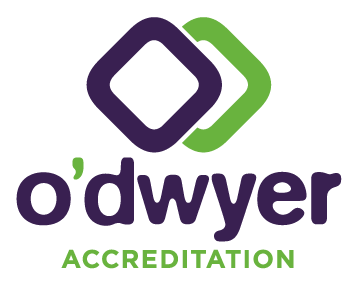NATA regularly returns to reassess laboratories accredited to ISO 17025. So it is essential to keep NATA compliance front of mind and not fall behind with maintaining your quality system. Crucial to this is a quality system and team that is NATA-ready at all times, while keeping the compliance burden to a minimum and finding opportunities for your business along the way.
ISO 17025 Reassessment Timeline
Surveillance visit
NATA schedules the surveillance visit 18 months after the first assessment. Yes, that’s right, the date is taken from when you had your first assessment, not when you got accreditation. The NATA lead auditor will contact you to set up a date to suit you both. The focus for this visit is a review of the quality system and selected technical elements. There will be a NATA lead auditor only – no technical assessor.
NATA will leave you with a detailed report, including non-conformances. There can be major non-conformances (conditions, C) and minor non-conformances (minor conditions, M).
Post-surveillance follow-up
You write to NATA with your responses to their assessment findings. Once your lab is accredited, you only need to provide evidence for the major conditions – NATA will follow up on minor conditions at the following assessment or surveillance visit. If you find the correspondence dragging on, make sure you follow our 5 strategic steps for responding to NATA requirements.
We recommend revisiting your surveillance report about six months from the reassessment to ensure everything has been dealt with effectively. Even those that were coded as minor can take quite a bit of time and effort to address effectively. In addition, if NATA finds these same issues coming up again, you will then have a major non-conformance.
Reassessment: 3 years after the first assessment
Includes a technical assessor who has good knowledge of your industry. They will give areas such as methods & validation, QC, proficiency, competence assessment, and reporting a good going over. There is less focus on reviewing elements such as document control and internal audits.
Reassessment follow-up
Reassessment follow-up is the same as for a surveillance visit but can be slower if NATA needs to send some information to the technical assessor. Once again, if this stage starts to drag on and get confusing, think about other ways to respond rather than write letters back and forth. For example, pick up the phone and talk to the NATA lead auditor: you may be able to arrange a three-way conversation with the assessor and the lead auditor.
Once again, we recommend reviewing corrective actions from NATA assessments one more time, about 6 months before the following NATA assessment is due.


